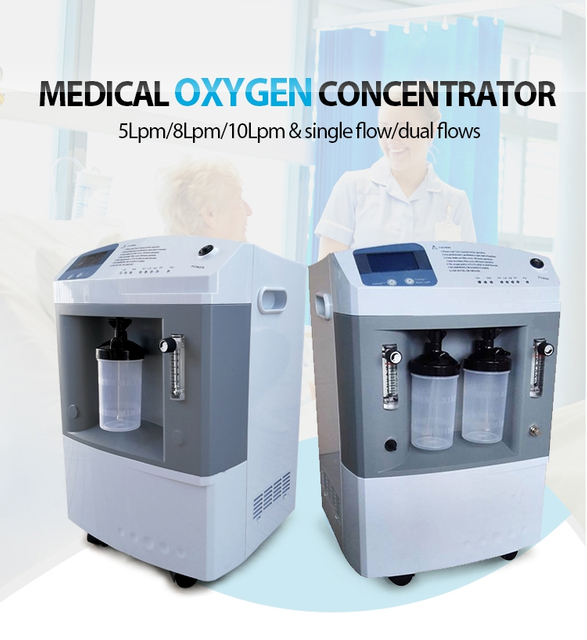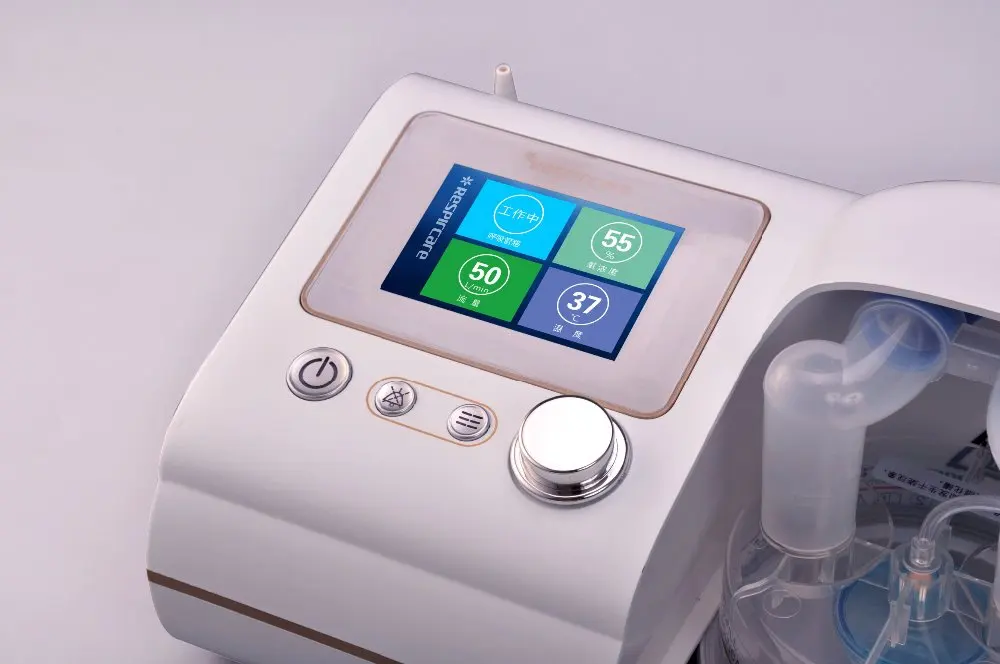
Although refinements in surgical techniques, antimicrobial prophylaxis, immunosuppression, anesthesia, and intensive care management have most likely altered the frequency and overall spectrum of post-liver transplantation respiratory disorders, it is still common for pulmonary infiltrates, atelectasis, pleural exudates, and other radiological abnormalities to be documented on chest X-ray at any time during a patient's stay at an intensive care unit. Several factors are involved in the onset of postoperative pulmonary complications (PPCs), and many preoperative and intraoperative variables have been associated with different degrees of severity of respiratory impairment after liver transplantation (7). For its advantages over conventional oxygen delivery system in patients undergoing abdominal surgery or Thoracoscopic Lobectomy (5,6), the investigators are currently and according to clinical practice using HFNC oxygen delivery in Liver transplantation after extubation, in our Post-Operative Intensive Care Unit (PICU).ĭue to recipients' generally poor preoperative clinical conditions, the extensive surgical field and long operating times, post-operative respiratory disorders are very common after liver transplantation and they significantly contribute to the related morbidity and mortality, both in the acute postoperative stage and in the long term. Several studies (1-4) demonstrated the efficacy of HFNC in reducing signs of respiratory distress compared to conventional oxygen delivery such as Venturi mask. More importantly, it can reduce the anatomical dead space. Moreover, HFNC is considered to have several physiological advantages compared with other standard oxygen therapies, including the provision of positive end-expiratory pressure (PEEP), constant FiO2, and good humidification. Several studies (1-3) have demonstrated that in immunocompetent patients HFNC can help generating low levels of CPAP due to the high flow of fresh gas, improving comfort and oxygenation, and it attenuates signs of respiratory distress compared with non-rebreathing oxygen face mask such as Venturi mask.

HFNC provides flows up to 60 L/min of heated air and oxygen at a constant fraction of inspired oxygen (FiO 2 ) up to 1.0.

Humidified oxygen therapy via high-flow nasal cannula (HFNC) is a recently available technique delivering heated and humidified high flow oxygen through simple nasal prongs. In this matched control study, the investigators hypothesize that HFNC treatment might be superior to conventional oxygen therapy in terms of post-operative gas exchange and post-operative pulmonary complications for patients undergoing liver transplantation after extubation. Prolonged mechanical ventilation due to refractory respiratory failure is an extremely morbid event, as this event is a marker of poor recipient recovery, predisposes a recipient to long term ventilator dependency and predicts further complications. In the early stages after transplantation, pulmonary complications may prolong intubation time and increase the risk of systemic infective complications. Several factors are involved in the onset of postoperative pulmonary complications (PPCs), and many preoperative and intraoperative variables have been associated with different degrees of severity of respiratory impairment after liver transplantation. For its advantages over conventional oxygen delivery system in patients undergoing abdominal surgery or Thoracoscopic Lobectomy, the investigators are currently and according to clinical practice using HFNC oxygen delivery in Liver transplantation after extubation, in our Post-Operative Intensive Care Unit (PICU).ĭue to recipients' generally poor preoperative clinical conditions, the extensive surgical field and long operating times, post-operative respiratory disorders are very common after liver transplantation and they significantly contribute to the related morbidity and mortality, both in the acute postoperative stage and in the long term.

Moreover, HFNC is considered to have several physiological advantages compared with other standard oxygen therapies, including the provision of positive end-expiratory pressure (PEEP), constant inspiratory oxygen fraction (FiO2), and good humidification. In immunocompetent patients HFNC can help generating low levels of Continuous Positive Airway Pressure (CPAP) due to the high flow of fresh gas, improving comfort and oxygenation, and it attenuates signs of respiratory distress compared with non-rebreathing oxygen face mask such as Venturi mask.

Why Should I Register and Submit Results?.


 0 kommentar(er)
0 kommentar(er)
